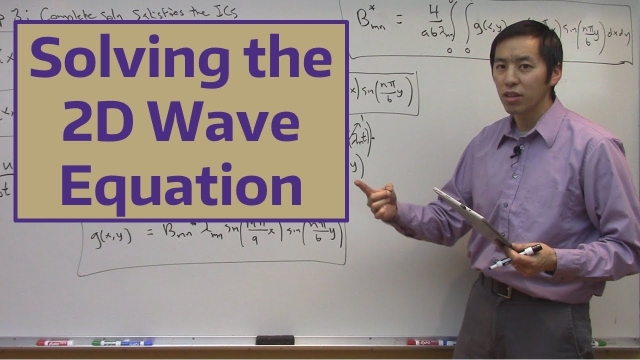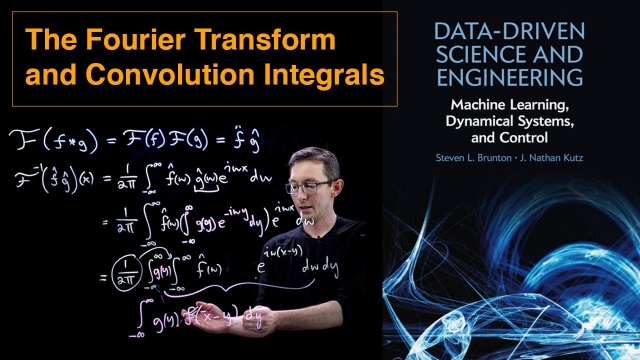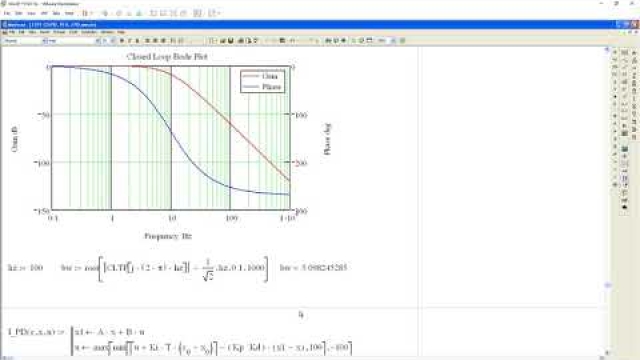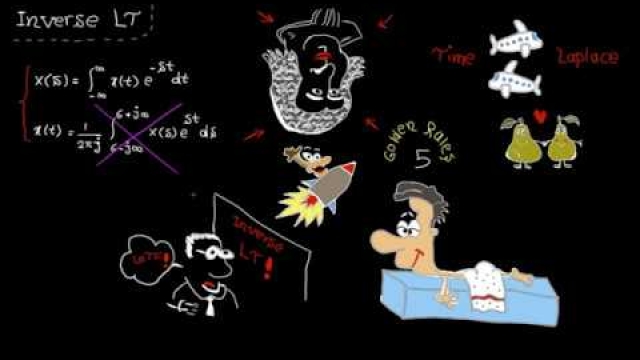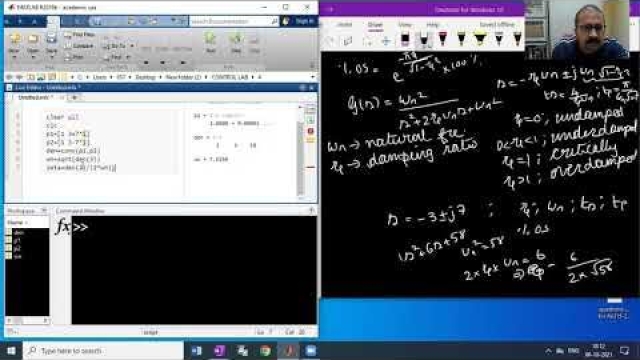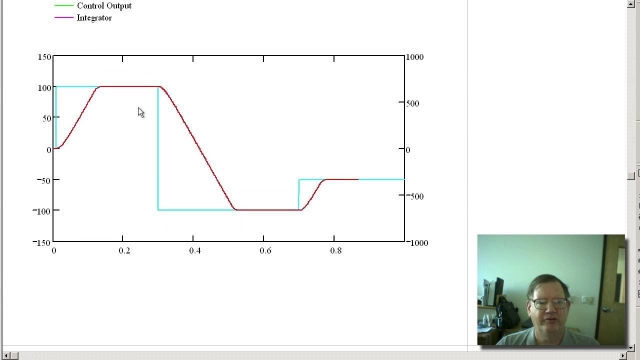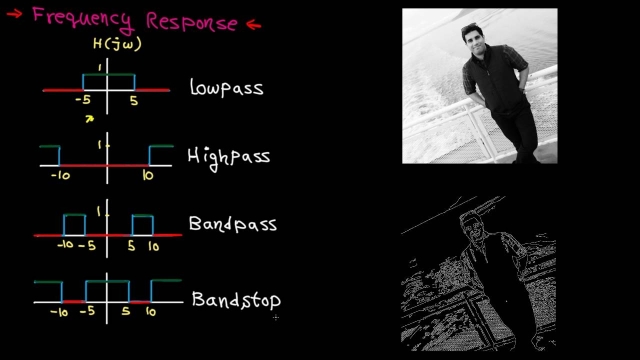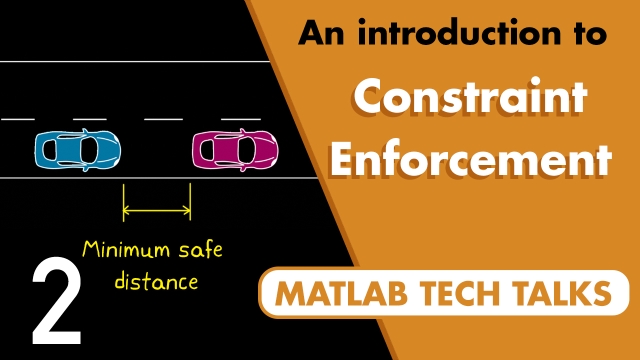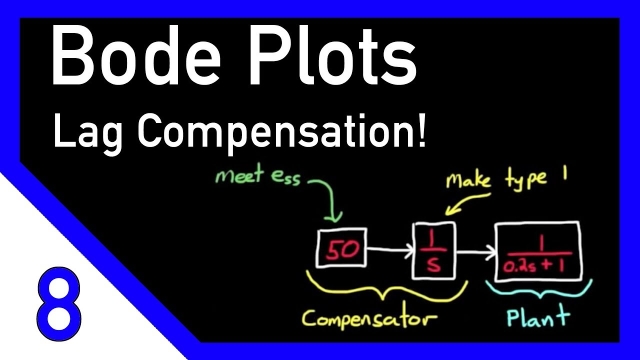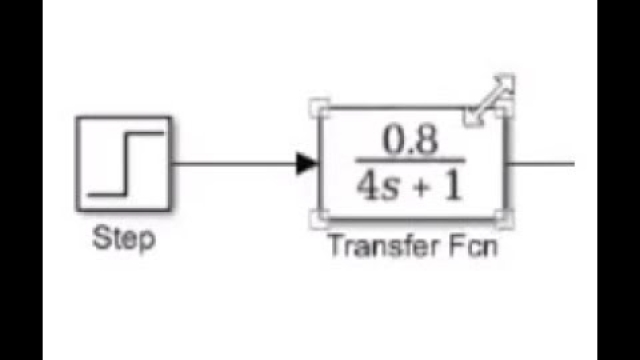
Relative Gain Array RGA Analysis
I cover how you can find the relative gain array from the steady state gain array, and interpret the results to determine which input to pair with which outp...
See MoreUnitary Transformations
This video discusses unitary matrix transformations and how they relate to the geometry of the singular value decomposition (SVD).
See MoreState Space in Process Control
An overview on how we can derive a state space model from a given set of state variables and inputs, as well as an intro to deviation variables. This is part...
See MoreA Visual Introduction to Machine Learning
Machine Learning Explained in interactive visualizations (part 1).
See MoreMachine Learning and Cross-Validation
This lecture discusses the importance of cross-validation to assess models obtained via machine learning.
See MoreData Preprocessing and the Short-Time Fourier Transform | Deep Learning for ...
Data in its raw form might not be ideal for training a network. There are some changes we can make to the data that are often desired or sometimes necessary in order to make training faster...
See MoreBode Plots by Hand: Complex Poles or Zeros
This is a continuation of the Control Systems Lectures. This video describes the benefit of being able to approximate a Bode plot by hand and explains what a Bode plot looks like for a...
See MoreUnderstanding Model Predictive Control, Part 3: MPC Design Parameters
To successfully control a system using an MPC controller, you need to carefully select its design parameters. This video provides recommendations for choosing the controller sample time...
See MoreNeural Network Architectures
This lecture describes the wide variety of neural network architectures available to solve various problems.
See MoreComputing Euler Angles: The Euler Kinematical Equations and Poisson’s Kinema...
In this video we discuss how the time rate of change of the Euler angles are related to the angular velocity vector of the vehicle. This allows us to design...
See MoreBode Plots of Complex Transfer Functions
In this video we discuss how to generate a bode plot of a complex transfer function by decomposing it into the individual components. We then show how one c...
See MoreControl Bootcamp: Benefits of Feedback on Cruise Control Example
Here we investigate the benefits of feedback for systems with uncertain dynamics and disturbances, as illustrated on a cruise control example.
See MoreUnderstanding Sensor Fusion and Tracking, Part 2: Fusing a Mag, Accel, and G...
This video describes how we can use a magnetometer, accelerometer, and a gyro to estimate an object’s orientation. The goal is to show how these sensors contribute to the solution, and to...
See MoreIntroduction to Deep Learning by Andrew NG [COMPLETE]
Andrew Ng's course on deep learning and neural networks.
See MoreSolving the 2D Wave Equation
In this video, we solve the 2D wave equation. We utilize two successive separation of variables to solve this partial differential equation. Topics discuss...
See MoreThe Fourier Transform and Convolution Integrals
This video describes how the Fourier Transform maps the convolution integral of two functions to the product of their respective Fourier Transforms.
See MorePeter Ponders PID - Closed Loop Zeros
This video covers closed loop zeros, what causes zeros and the benefits and drawbacks of closed loop zeros.
See MoreLaplace domain – tutorial 5: Inverse Laplace transform
In this video, we cover inverse Laplace transform which enables us to travel back from Laplace to the time domain. We will learn how to use simple tricks alo...
See MoreControl Systems with MATLAB - Time Domain Analysis
Peter Ponders PID- Motor position control
Frequency domain – tutorial 3: filtering (periodic signals)
In this video, we learn about filtering which enables us to manipulate the frequency content of a signal. A common filtering application is to preserve desi...
See MoreLecture 17: Introduction to Compensators/Controllers
Constraint Enforcement for Improved Safety | Learning-Based Control
Learn about the constraints of your system. Then see a how to enforce those constraints so the system does not violate them. Constraint enforcement is important for safety-critical...
See MoreDesigning a Lag Compensator with Bode Plot
This video walks through a phase lag compensator example using the Bode Plot method.
See MoreTransfer Functions in Simulink for Process Control
An introduction on deriving transfer functions from a linearized state space model via Laplace Transforms, and how we can input transfer functions into Simul...
See More
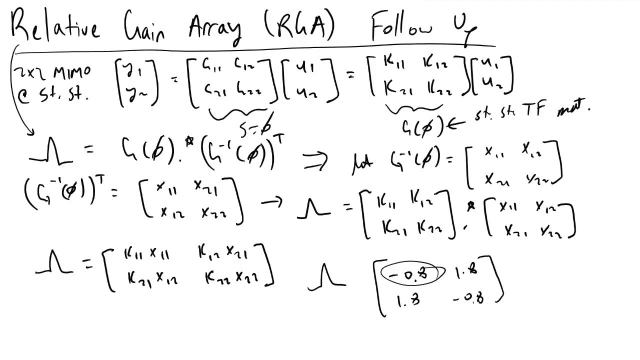
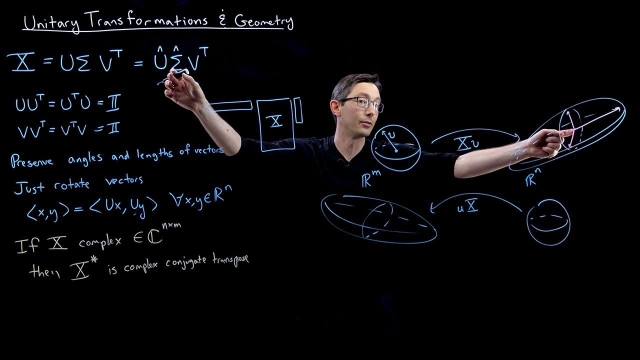
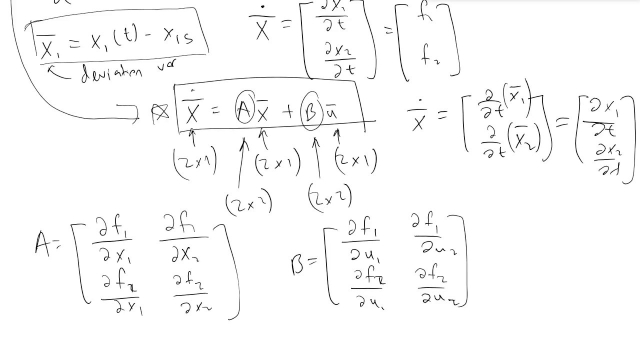
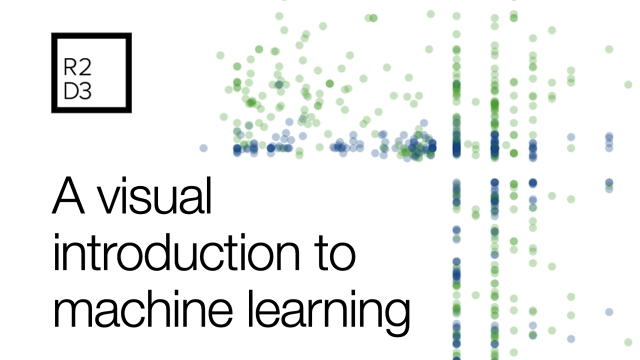
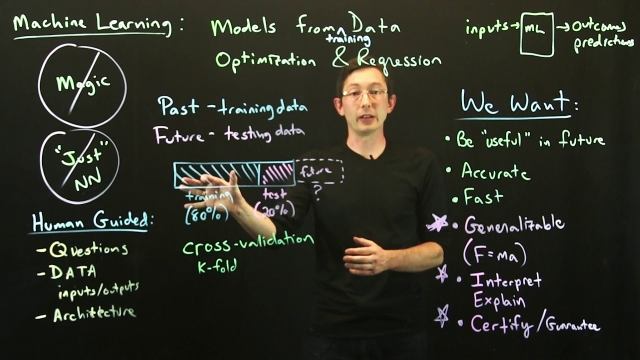
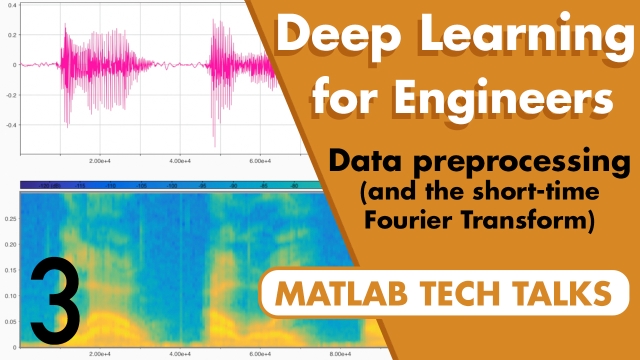
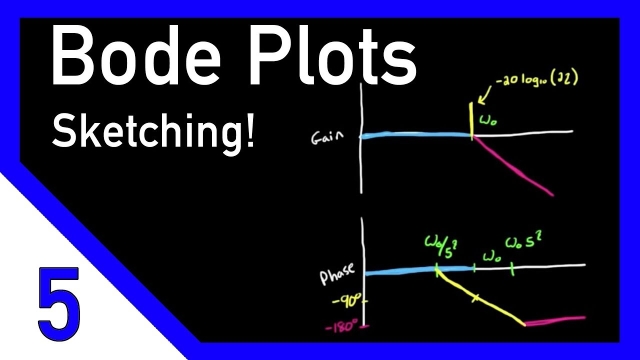
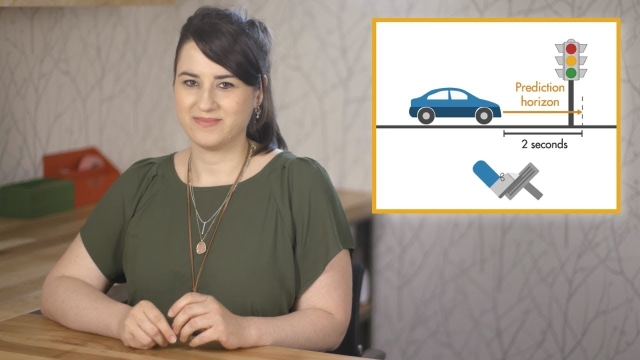
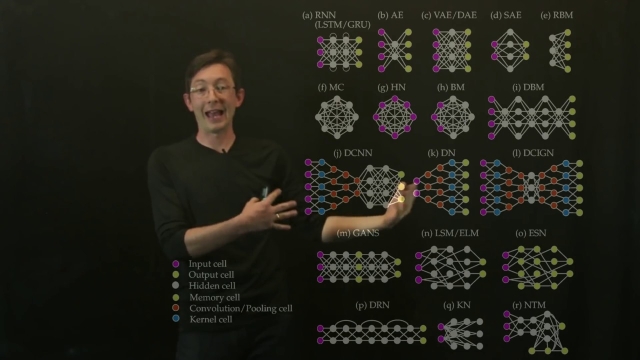
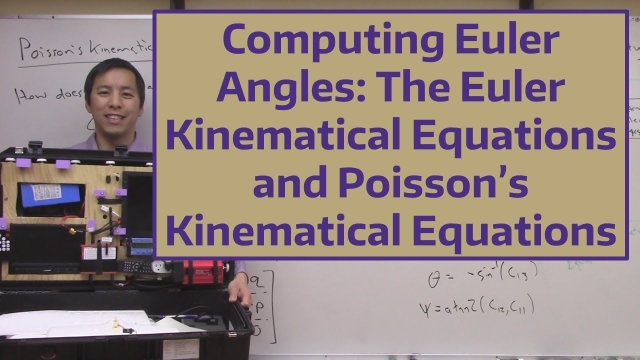
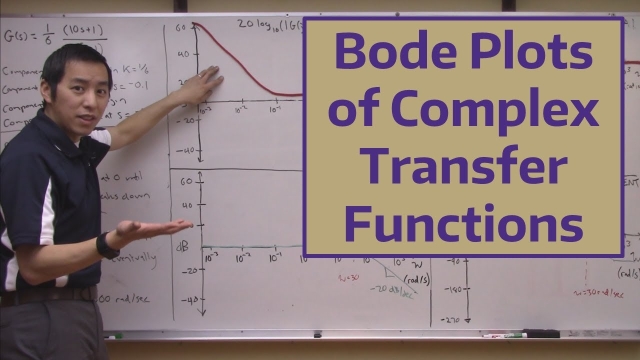
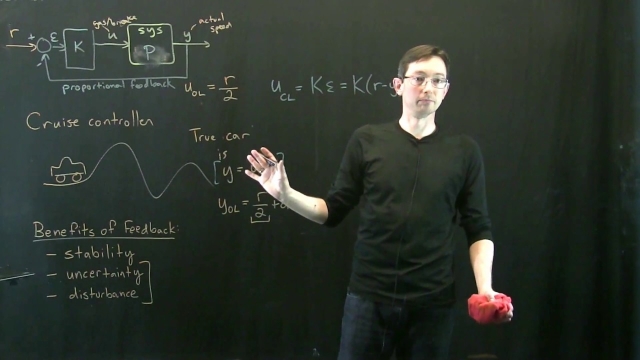
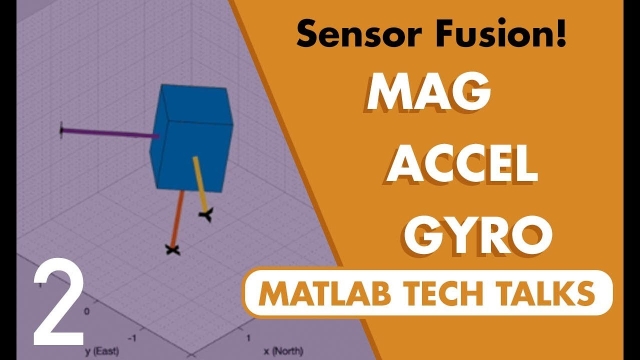
![Introduction to Deep Learning by Andrew NG [COMPLETE]](/sites/default/files/styles/search_resulkts/public/2022-01/intro_DL_0.jpg?itok=jS-vFChN)
